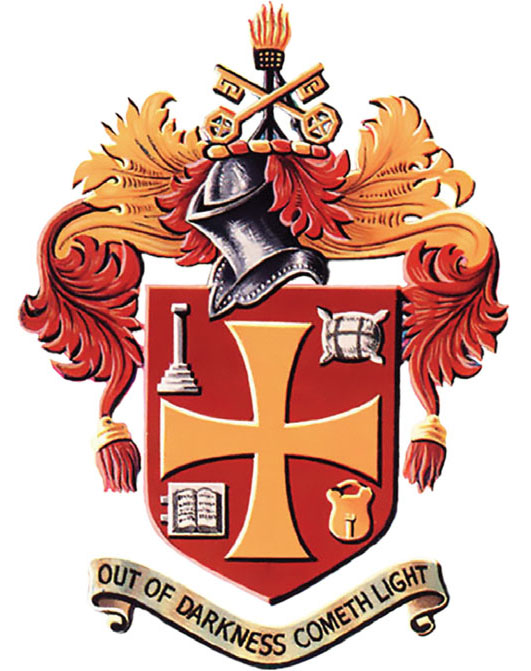
WOLVERHAMPTON WANDERERS
THE WOLVES WHO INSPIRED THE EUROPEAN CUP
Wolverhampton lies in the West Midlands, in the very heart of England. Seen from a British perspective it is not a particularly big town, but regardless of its modest size it has played a crucial role in both English and European football.
Wolverhampton Wanderers was founded in 1877 and soon became a force to be reckoned with. In 1888 the club was one of the first 12 to play in the Football League, the world’s first. Wolves took part in the league’s premier match against Aston Villa and finished third that year while also playing in that year’s FA Cup final. Their successes continued and in 1893 they won the cup.
But Wolverhampton’s golden era did not come until the 1950s, when the club won three league titles while also, albeit unknowingly, laying the foundations for today’s Champions League. After an impressive 3-2 victory in a friendly against the Hungarian team Budapest Honvéd in 1954, Wolves’ coach Stan Cullis declared that the team were ‘world champions’, a statement which gave the French journalist Gabriel Hanot the idea for a European club tournament. A year later the European Cup for league champions was born.
Even if Wolves didn’t take part in the first tournament the club do not lack in continental success. They came second in the UEFA Cup in 1972, losing 3-2 to Tottenham. Since then the club have gone through economic hardships and several changes of owners which has led to them playing in League One as recently as 2014.
CLUB: Wolverhampton Wanderers FC
NICKNAMES: Wolves and The Wanderers
FOUNDED: 1877
STADIUM: Molineux, Wolverhampton (31,700 capacity)
HISTORIC PLAYERS: Steve Bull, Billy Wright, Derek Parkin, Kenny Hibbit and Jimmy Mullen

1921–1939, 1947–1948 and 1993–1996. During the first half of the 20th century Wolverhampton’s town crest was used as the club’s emblem on special occasions such as cup finals. The 1947/48 season was the only one in which this crest was seen continuously on match jerseys. Within the shield there are four symbols with a local connection: the book represents the city’s famous grammar school; the pillar is a well-known graveyard monument; the bale of wool refers to the trade carried out in the area in the middle ages; and the padlock suggests the lock industry that has long thrived in Wolverhampton. The motto ‘Out of darkness cometh light’ inspired the club in its choice of colours: black for darkness and gold for light. The town crest returned in 1993 under the legendary owner Sir Jack Hayward.

1970–1974 and 1974–1979. Before the 1970/71 season Wolves introduced the first emblems of their own. Naturally enough wolves became symbols of the team, here seen jumping over the club’s initials. This logo brought good luck, as the team reached the UEFA Cup final in 1972 and won the League Cup in 1974. Between 1974 and 1979 the initials were replaced by two more jumping wolves.

1996–2002. The wolf’s head had already been introduced in 1979 and has since appeared in various versions. This logo is from 1996, when Jack Hayward wanted to see a change in the club. During the whole of this period Wolves were however playing in Division One (now the Championship).

2002–present. For the third time during his years in charge, Jack Hayward introduced a new club crest. The logo was cleaned up and the wolf became more aggressive. This design is one of the most enduring in the club’s history and has even experienced a couple of seasons in the Premier League.

Wolverhampton Wanderers’ Derek Dougan (right) embraces Manchester City striker Denis Law after the 1974 League Cup final. The Midlanders won 2-1.